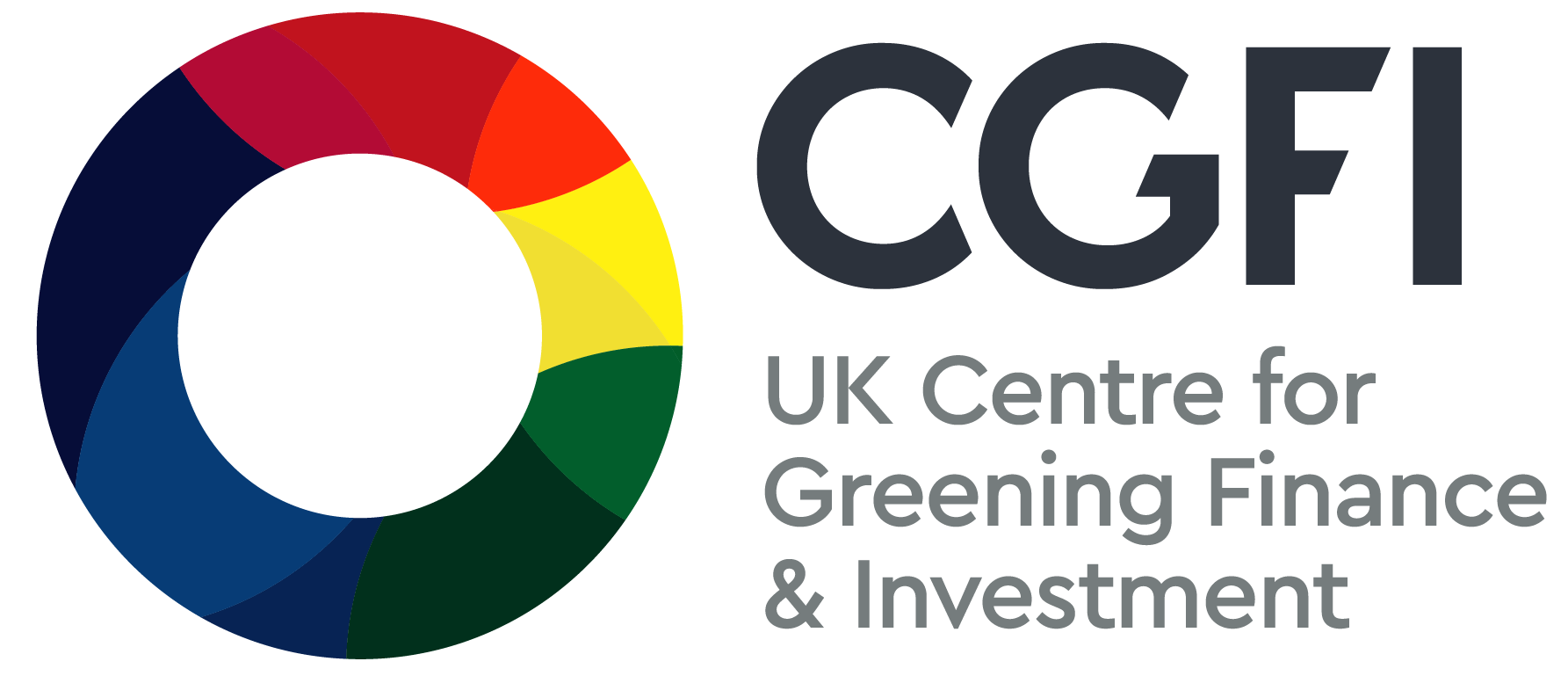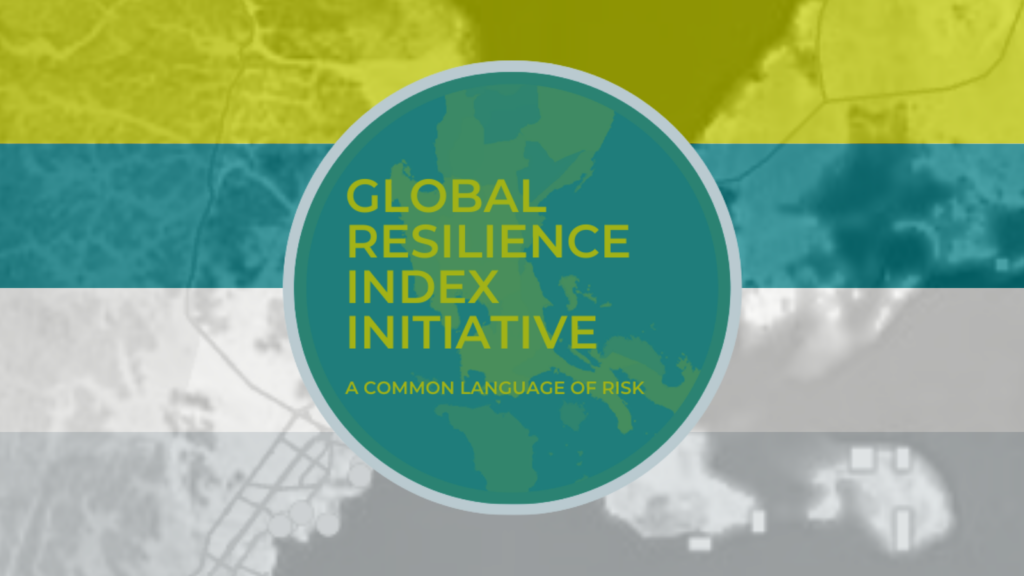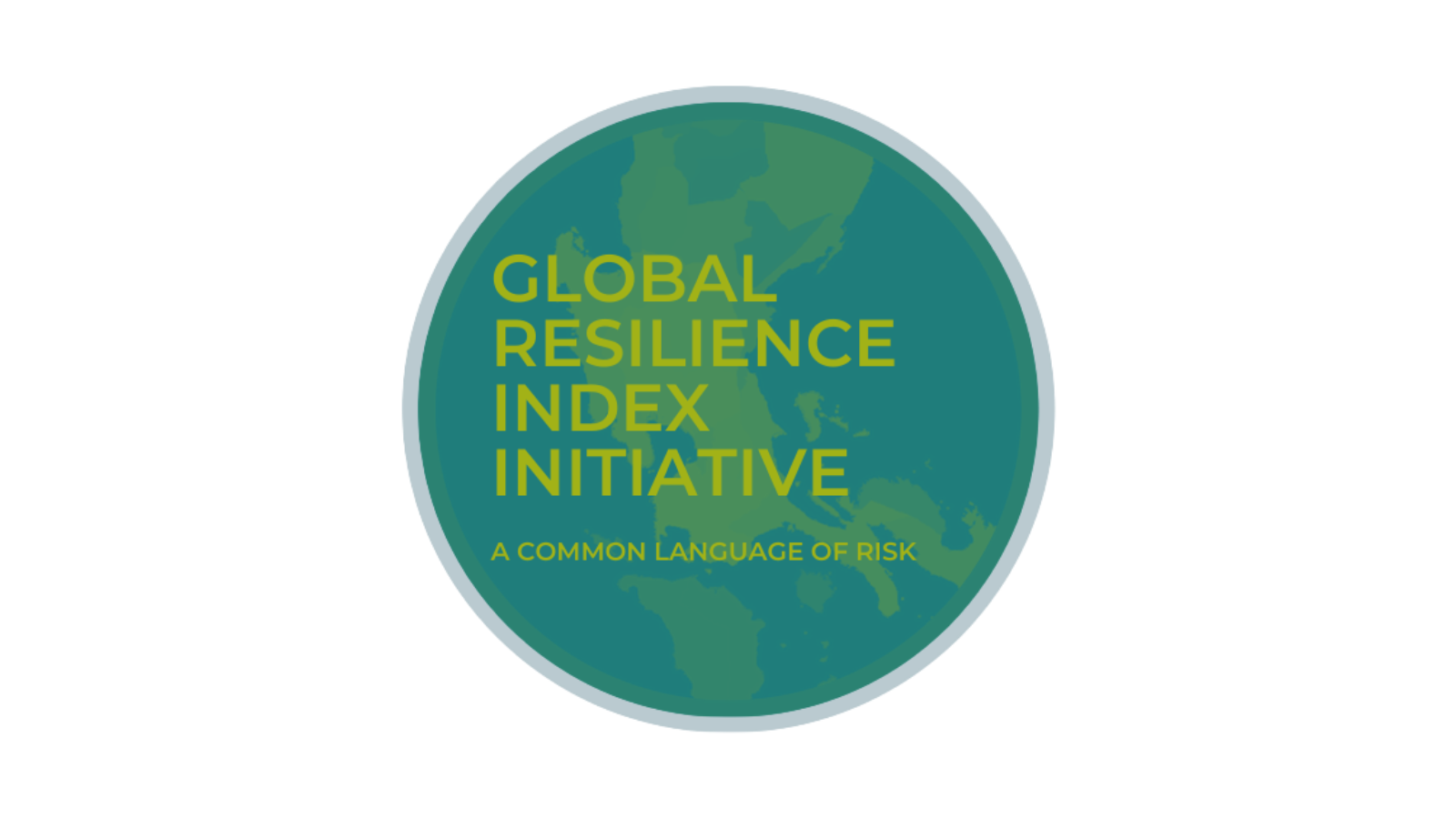The GRII, to be fully launched at COP28, will provide open reference data, metrics and projections of all countries worldwide. This critical missing layer of the world’s information architecture is key to reshaping development, managing risk and saving millions of lives and livelihoods – both in our climate today and decades ahead.
Sharm El Sheikh, Egypt, 12th November, 2022: The Global Resilience Index Initiative (GRII), a multi-partner taskforce, announced during the COP27 World Bank Plenary Session on 12th November key milestones in its development towards an open, standard set of climate metrics and data to measure risks to communities, infrastructure and ecosystems. This informs how we build resilience, adapt our societies and economies to climate change, and mobilise the trillions of dollars necessary to build resilience.
GRII is a global public-private partnership to address the climate data emergency with consistent, accessible and reliable risk information for use by governments, the financial sector and wider communities.
At this point mid-way from its initial announcement at COP26 to full launch at COP28, the public and private sector GRII partners announce:
- The launch of the GRII demonstrator, the GRII Viewer, providing the initial set of ‘people’ ‘planet’ and ‘prosperity’ indices to guide financial decisions to scale up adaptation.
- The release of a UN report underlining the case for the GRII: Towards a Climate Risk Data Architecture: Common and Open Risk Metrics to Align Finance with Climate Resilient Development Goals, (published by United Nations office for Disaster Risk Reduction (UNDRR) and the Centre for Green Finance and Investment (CGFI).
- At COP27, the GRII is calling on innovators and data providers worldwide to support the scaling and improvement of this initiative, as well as engagement from more pathfinder institutions and governments. The race for data is a critical part of the race for resilience, and accessible climate risk indices must be made available to financial systems and economies.
Patrons of the GRII initiative – which was convened by the cross-sector Insurance Development Forum and first announced at COP26 – are Mark Carney, UN Special Envoy on Climate Action and Finance; Mami Mizutori, Assistant Secretary-General and Special Representative of the Secretary-General for Disaster Risk Reduction in the United Nations Office for Disaster Risk Reduction (UNDRR); and Eric Andersen, Member and Risk Modelling Champion Insurance Development Forum Steering Committee and President, Aon.
The adaptation financing gap is widening. The most recent UNEP Adaptation Gap report found that for developing countries, estimated adaptation costs – and likely adaptation financing needs – could be five to ten times greater than current international adaptation finance flows.
Institutions as diverse as the Global Commission on Adaptation, the International Monetary Fund (IMF), the United Nations Office for Disaster Risk Reduction (UNDRR), the Task-Force for Climate-Related Financial Disclosures (TCFD), and the Vulnerable Twenty (V20) Group have all called for a common climate risk data architecture as a foundation to underpin adaptation of our economy and society to climate change. The GRII is a multi-partner public-private taskforce to address this need.
Mami Mizutori, Assistant Secretary-General and Special Representative of the Secretary-General for Disaster Risk Reduction in the UNDRR, and Patron of the GRII said:
“It is encouraging to see the operational momentum that has been achieved for the GRII since COP26, including the first use cases, initial seed funding and the launch of the data viewer. But this project has only just begun and to reach its full potential, the GRII needs more data feeds, and more pathfinder institutions and governments.
At COP27, I am calling for Zero Climate Disasters by 2030. If we double down on efforts to reduce vulnerability, poverty and inequality, I believe this can be achieved. Quality risk data will play a crucial role in this. We need data that is comparable across all continents – on hazard, exposure, vulnerability and climate change risk. GRII is an excellent example of private and public sector partners working together to reduce disaster risk. We must now accelerate systemic data collection and aggregation for risk-informed climate action.”
Rowan Douglas, Chair of GRII & Chair of the IDF Operating Committee; Head, Climate and Resilience Hub, WTW, said:
“Congratulations to the academic, public and private sector teams that took the challenge laid down by UN Special Envoy, Mark Carney to fill the critical climate resilience information gap. You cannot manage what you cannot measure.
The GRII meets these urgent challenges, described in today’s groundbreaking report published in parallel by UNDRR and CGFI. But, filling the resilience information void is major task and we warmly invite all players in the space to join this collective endeavour to help quell the Climate Emergency.
I am delighted the insurance sector has stepped up, via the Insurance Development Forum, led with its unique expertise and resources to propel this global public good with its UN, Academic and wider industry partners. Now we can accelerate our efforts towards full launch at COP28.”
Ben Caldecott, Founding Director of the UK Centre for Greening Finance & Investment (CGFI) and Director of the Oxford Sustainable Finance Group, University of Oxford, said:
“As our new report with the UN Office for Disaster Risk Reduction finds, with a common language of risk and resilience, new forms of financial products can be designed and markets established to help mobilise the trillions of investment required for adaptation and resilience.
Together with the GRII taskforce partners, we are working closely to create a new climate risk data architecture to provide globally consistent, open baseline datasets on climate risk and resilience metrics as a public good. Our mission is to help overcome the major barriers that exist to achieving Article 2.1c of the Paris Agreement – to align finance with climate resilient development goals. The hard work has only just begun and we will continue to collaborate with our global taskforce partners from across the public, private, humanitarian and academic sectors to achieve what we have set out to do.”
For more information please visit: www.globalresilienceindex.org
About the Global Resilience Index Initiative
The GRII is a global public good with a clear and focussed goal.
Through a programme launched at COP26 Glasgow, the GRII will provide reference data on climate and natural hazard risks to inform and protect People, Planet and Prosperity, both in emerging and developed economies.
This can support financial institutions, policymakers, and businesses to understand climate risks, and provide a basis for financing measures to adapt to and build resilience against climate change.
GRII founding partners are:
- Centre for Greening Finance and Investment (CGFI)
- Coalition for Disaster Resilient Infrastructure (CDRI)
- Coalition for Climate Resilient Investment (CCRI)
- Global Earthquake Model Foundation
- Insurance Development Forum (IDF)
- United Nations Office for Disaster Risk Reduction (UNDRR)
GRII is supported by a wide range of contributing technical organisations that share data, analytics and expertise, including: the University of Oxford (the Oxford Sustainable Finance Group and Oxford Programme for Sustainable Infrastructure Systems), the Insurance Development Forum’s Risk Modelling Steering Group (RMSG), the Global Earthquake Model Foundation (GEM), the Centre for Disaster Protection, Fathom, JBA, GIRI, NASDAQ, OASIS Loss Modelling Framework, Willis Towers Watson, Aon, and the World Bank (GFDRR and DRFIP). The ambition is to expand these technical collaborations over time to build the climate risk data ecosystem.
For more information please visit: www.globalresilienceindex.org
PR Contacts
Helen Wright
Lysander PR
07842 729 579
Roddy Langley
Lysander PR
07547 901 618
Steve Colton
Lysander PR
07554 889 056



